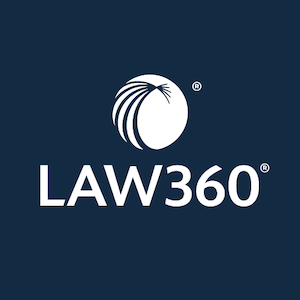OpenAI’s Most Remarkable Achievement Is Unrelated to AI

OpenAI’s Remarkable Go-to-Market Strategy
In recent years, OpenAI has become a significant player in the world of artificial intelligence with tools like ChatGPT, Sora, and image generation features. While these innovations enhance productivity and creativity, there’s another aspect of OpenAI that deserves attention: its impressive go-to-market (GTM) strategy.
The Surge in User Adoption
As of March 31, 2025, OpenAI’s CEO, Sam Altman, announced a remarkable milestone: ChatGPT attracted one million new users in just one hour, largely due to the demand for its image generation capabilities. This rapid growth is not just a fluke; it reveals a well-thought-out approach to engaging users and retaining them.
Understanding the Competitive Landscape
The AI market is booming, with estimates predicting it will reach $757.58 billion by 2025 and $3.6 trillion by 2034. This fierce competition includes an array of startups and established tech giants all eager to stake their claim in the market. Nevertheless, despite the crowded field, "AI" and "ChatGPT" have become synonymous in the minds of many consumers. This success is remarkable given OpenAI’s relatively short history compared to its competitors.
Lessons from OpenAI’s Strategy
Understanding how OpenAI has achieved such growth can provide valuable insights for founders and marketers alike. Here are some key tactics that stand out:
1. Focus on User-Centric Marketing
OpenAI understands that users care more about the benefits of a product than the technical specifications. For example, instead of emphasizing the vast datasets it uses to train its models, OpenAI highlights how its tools can save users time and solve their problems. This benefit-oriented messaging resonates far better with everyday users.
2. Build a Community and Personal Brand
Sam Altman has leveraged transparency and storytelling to cultivate a community around OpenAI. By openly sharing developments, challenges, and successes, Altman creates a sense of involvement among users. This personal touch fosters customer loyalty and engagement.
3. Strategic Collaborations
OpenAI’s partnerships, such as its integration with Microsoft’s Azure and Bing, have also played a pivotal role in its growth. By tapping into existing user bases of well-established platforms, OpenAI borrows credibility and expands its audience without excessive spending on marketing.
Key Elements of Their Approach
OpenAI’s go-to-market strategy is not overly complex but effectively executed. Here are three crucial components that set it apart:
Highlight Benefits, Not Just Features: OpenAI emphasizes how its products address users’ needs rather than drowning them in technical jargon. For instance, instead of listing parameters for models, it communicates how quickly a user can generate content or solve problems.
Community Engagement: Building in public allows users to feel part of the journey. This sense of participation encourages more people to share their experiences and advocate for the product.
- Collaboration for Growth: OpenAI recognizes that alliances can enhance its growth prospects. Engaging with other brands allows for shared marketing efforts and introduces products to broader audiences.
The Power of Relatable Communication
OpenAI achieves exceptional marketing success not by relying solely on advanced technology but by applying fundamental marketing principles. Clear communication, relevance, and relatability are the pillars of their strategy. For those in the business world, this serves as a reminder that growth doesn’t come solely from innovative products; it often stems from understanding customer needs and effectively communicating a solution.
OpenAI’s approach reflects a balance between leveraging state-of-the-art technology and sticking to the timeless basics of good marketing. As the AI landscape continues to evolve, learning from OpenAI’s tactics can empower businesses to navigate their journey in the competitive market.






